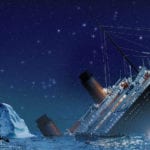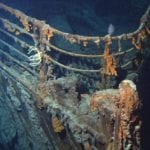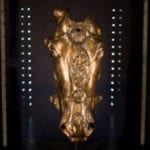 History
History  History
History  Weird Stuff
Weird Stuff 10 Superstitious Beliefs That Once Consumed Entire Cultures
 History
History 10 Bizarre Friendly Fire Incidents in Military History
 Technology
Technology 10 Modern Technologies That Accidentally Imitate Ancient Magic
 Mysteries
Mysteries 10 Mysteries of the Human Genome
 Weird Stuff
Weird Stuff 10 Things So Rare They’ve Only Been Found Once
 History
History 10 Legends Whose Last Moments Undid Their Glory
 Health
Health 10 Futuristic Ideas to Treat Common Medical Problems
 Weird Stuff
Weird Stuff Ten Surreal Attempts to Reverse Baldness
 Facts
Facts 10 U.S. Government Contingency Plans for the Unthinkable
 History
History 10 Odd Things Colonial Americans Kept at Home
 Weird Stuff
Weird Stuff 10 Superstitious Beliefs That Once Consumed Entire Cultures
 History
History 10 Bizarre Friendly Fire Incidents in Military History
Who's Behind Listverse?

Jamie Frater
Head Editor
Jamie founded Listverse due to an insatiable desire to share fascinating, obscure, and bizarre facts. He has been a guest speaker on numerous national radio and television stations and is a five time published author.
More About Us Technology
Technology 10 Modern Technologies That Accidentally Imitate Ancient Magic
 Mysteries
Mysteries 10 Mysteries of the Human Genome
 Weird Stuff
Weird Stuff 10 Things So Rare They’ve Only Been Found Once
 History
History 10 Legends Whose Last Moments Undid Their Glory
 Health
Health 10 Futuristic Ideas to Treat Common Medical Problems
 Weird Stuff
Weird Stuff Ten Surreal Attempts to Reverse Baldness
 Facts
Facts 10 U.S. Government Contingency Plans for the Unthinkable
10 Surprising Unknown Stories About The Titanic
For more than a century, the tragic story of the RMS Titanic has gripped the imagination of the world. Yet there are many crucial details of that infamous April night that remain relatively unknown. For example . . .
10The Weather Was Perfect

It’s easy to picture the Titanic battling huge waves at sea, with the fog and rain obscuring the iceberg that famously consigned her to a watery grave. In reality, the opposite was true. As the Titanic sailed toward her doom, the weather was perfectly, eerily calm. With no wind or waves, the sea was stretched out like a flawless mirror, the only ripples in the water coming from the ship herself as she glided along. And that perfect weather may just have been her doom.
According to the meteorologist Edward Lawrence, even a mild swell would have been enough to push phosphorescent plankton around the edge of the iceberg. The plankton, which glow intensely when disturbed, would have essentially outlined the danger for the lookouts on the Titanic. The ship’s second officer, Charles Lightoller, specifically mentioned the absence of glowing plankton as one of the reasons for the disaster. The calm weather may also have prevented the sudden rise and fall in temperatures that usually warns of sailing into an iceberg field.
Unfortunately, by the time the iceberg was spotted, there was almost no time to avoid a collision. The 1912 inquiry into the sinking found that the Titanic only had 37 seconds to try and change course, although a more recent evaluation of the evidence suggests it was actually a little over a minute. Either way, the ship was doomed. After the sinking, a bitter wind blew up, helping to chill the passengers struggling for survival.
9It Was On Fire The Whole Trip
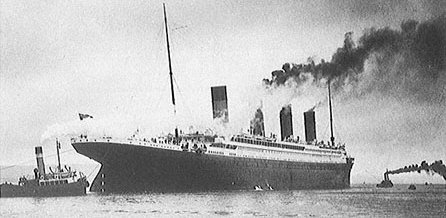
Shortly before her fateful maiden voyage, a fire started in the Titanic‘s coal bunkers. As revealed during the British inquiry into the disaster, the flames were still raging when the ship set out for New York, creating a potentially dangerous situation for those on board.
According to surviving stoker J. Dilley: “We didn’t get that fire out and among the stokers there was talk that we’d have to empty the big coal bunkers after we’d put the passengers off in New York and then call on the fireboats there to help us put out the fire.” That didn’t turn out to be necessary, since Dilley claimed the flames were extinguished when the iceberg ripped through the hull and flooded the bunkers with seawater.
Other crew members claimed that the fire had successfully been extinguished the day before the ship hit the iceberg. Either way, the Titanic was on fire for almost the entire voyage. This wasn’t necessarily disastrous, since the steel bunkers were designed to contain coal fires. But it did increase the risk of the trip and White Star Line managing director Bruce Ismay subsequently alleged that the ship’s owner, J.P. Morgan, forced the crew to sail at full speed in order to “reach New York and unload all the passengers before the inevitable explosions occurred.” Morgan himself was scheduled to sail on the Titanic, but changed his mind and pulled out at the last minute.
8The Tragic Foresight Of William T. Stead
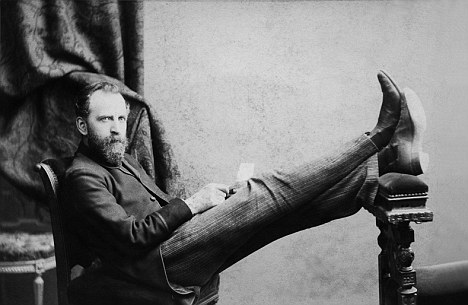
In 1886, the legendary journalist William T. Stead wrote a fictional story about an Atlantic mail steamer sinking after a collision, with most of the passengers drowning due to a lack of lifeboats. Stead intended the story to draw attention to lax nautical regulations, which generally did not require ships to carry enough lifeboats for everyone on board.
Stead returned to the theme in 1892, with a story based on the White Star Line’s Majestic liner. In the climactic chapter, the ship is crossing the Atlantic loaded with tourists. Suddenly:
There was a sound as if the steamer were crashing through ice and the screws were churning amid ice blocks. Passengers felt their way cautiously to the deck. It was wet and clammy and bitterly cold. Every half-minute the fog whistle blew. The crashing of ice against the sides of the ship and clamping of ice under the screws made it difficult to speak so as to be heard. Then there came a cry: ‘Icebergs on the starboard.’
Two decades later, Stead lost his own life as a passenger on the Titanic. The liner only carried 20 lifeboats, barely enough for half of the passengers on board.
7The Captain Failed His Navigation Test
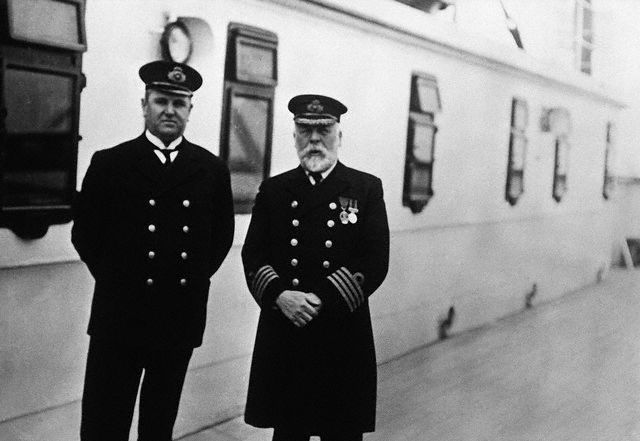
Edward John Smith, captain of the Titanic, has been the subject of countless myths since the fateful night when he went down with his ship. Many even believe that he personally saved a child’s life before disappearing into the Atlantic. However, it has also been alleged that this heroic picture isn’t the whole truth.
Not only did Captain Smith ignore several ice warnings and fail to keep the ship at a reasonable speed, he also allowed lifeboats to leave the ship half-empty—the first boat to depart had just 27 passengers in 65 seats. Smith additionally failed to issue a clear “abandon ship” order, which led to many passengers not realizing the gravity of the situation they found themselves in.
In 2012, it was revealed that Smith had actually failed his navigation exams the first time he took them. He did eventually pass in 1888, but that initial failure was perhaps a bad omen. Ironically, before the Titanic disaster, Smith had actually earned himself the nickname of “the millionaire’s captain” due to his reputation for smooth reliability.
6The Sole Japanese Passenger
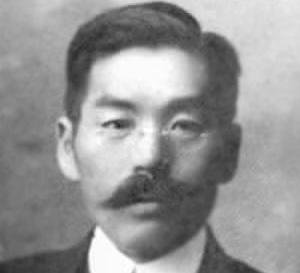
The only Japanese passenger on board was a middle-aged civil servant named Masabumi Hosono, who was in Europe studying railway systems before he boarded the Titanic to start his journey back home. When the ship began to sink, he made his way to the main deck, determined to face death with dignity. With the “women and children first” policy enforced at gunpoint, his survival seemed unlikely, but Hosono still found himself looking for any chance to get to safety.
His opportunity came when a crew member shouted that there were two spaces left in a lifeboat. After seeing another man jump in, Hosono followed suit. If he had known what the rest of his life would be like, he might have decided to go down with the ship.
At the time, it was considered much better for a man to suffer an honorable death than to survive in a shameful manner. When he arrived back in Japan, Hosono found himself branded a coward and ostracized from his community. He was also fired from his government job, although he was later rehired. A number of negative reports about an Asian survivor in lifeboat 13 didn’t help matters much, since these were often associated with Hosono.
In 1997, he was somewhat exonerated after his handwritten account of the disaster was discovered among his personal belongings. In a letter written to his wife, Hosono mentions that he was in lifeboat 10, meaning that he couldn’t have been the man in lifeboat 13 after all.
5The Real Titanic Necklace
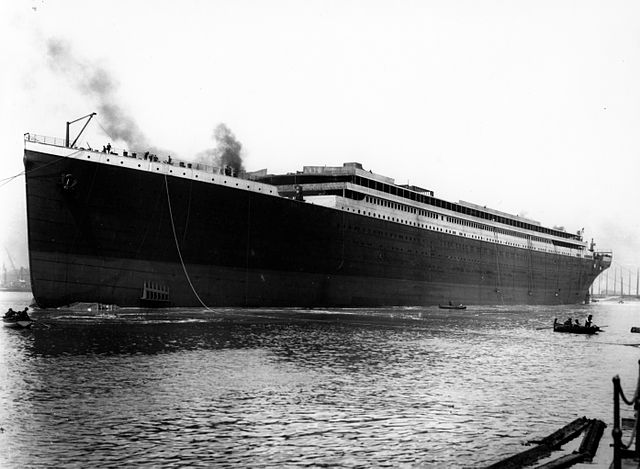
James Cameron’s Titanic features a forbidden romance and a magnificent necklace known as the “Heart of the Ocean,” details which you’d assume were simply added to make the movie more interesting. But it turns out the real Titanic played host to a very similar story, as passenger Kate Florence Philips received a valuable sapphire necklace from her illicit lover, Henry Morley.
Morley was a wealthy 40-year-old confectionery shop owner from Worcester, England, and the 19-year-old Kate was originally employed as his counter assistant. Before long, things went beyond professional and Morley started making plans to leave his wife and young daughter behind to be with Kate. The couple planned to elope on board the Titanic and start a new life in California. After the iceberg struck, Kate was taken aboard the very last lifeboat. Morley wasn’t so lucky.
Exactly nine months after the tragedy, Kate gave birth to a baby girl called Ellen. In 1989, Ellen’s story became known after she arrived at the Worcester News office, looking for a picture of her father. The newspaper had previously published an article containing details of Worcester Titanic victims and the 76-year-old Ellen wept as she held Henry’s photograph. She also related her mother’s story, and revealed that she still had Kate’s sapphire necklace, as well as a cabin key from the Titanic.
In 2012, Ellen’s granddaughter, Beverley Farmer, and Morley’s great-granddaughter, Deborah Allen, held a reunion to mark the 100th anniversary of the Titanic disaster.
4Mistakes And Theories

We all know that the iceberg caused the Titanic to sink, but over the years there have been a number of attempts to find out why she hit the iceberg in the first place. Immediately following the disaster, inquiries in both Britain and the US concluded that the ship had been traveling far too fast. At a slower speed, the damage would have been lessened, or it might even have been possible to avoid the iceberg entirely. As it was, the impact broke open six of the ship’s compartments, two more than could be flooded while keeping her afloat.
In 2010, author Louise Patton, the granddaughter of second officer Charles Lightoller, suggested that the ship could have avoided a collision entirely if the helmsman, Robert Hitchins, hadn’t panicked and turned in the wrong direction. According to Patton, her grandfather conspired to cover up the mistake during both the British and American inquiries into the sinking, believing that the truth would destroy the reputation of the White Star Line and his fellow crew members.
Meanwhile, two astronomers from Texas State University have speculated that a rare “supermoon” may have been to blame for setting the iceberg in motion. A supermoon occurs when the Moon reaches its closest point to Earth at the same time as a full moon. January 4, 1912, saw a truly remarkable example, as the Moon came closer to the Earth than at any point in the last 1,400 years.
This took place only a day after the Earth’s perihelion (the closest the Earth comes to the Sun). As if that wasn’t enough, the Moon and the Sun were also aligned, causing an unusually strong tide. These amazing astronomical events could have set the Titanic disaster in motion, with an extreme tide placing a high number of icebergs in the path of the ocean liner.
3Elizabeth Shutes
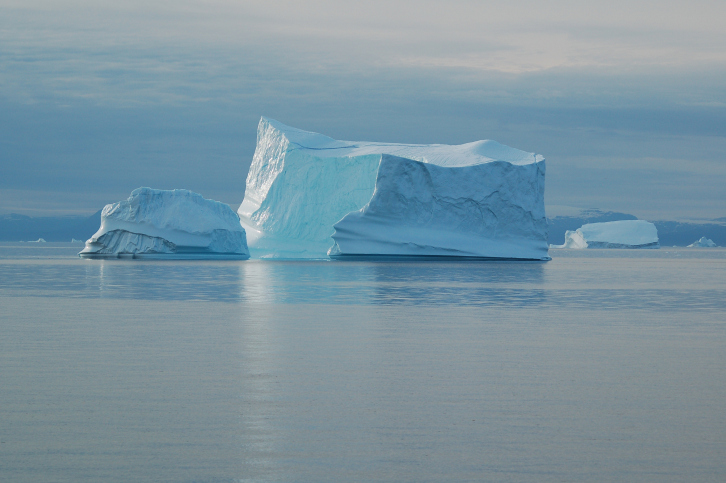
In the movie, the smell of ice didn’t help to keep the Titanic out of harm’s way. In reality, passenger Elizabeth Shutes was so troubled by the smell of ice that she couldn’t sleep, claiming that it reminded her strongly of an ice cave she had once visited. Fortunately, she survived and wrote a fascinating account of the sinking.
Elizabeth was on the Titanic to act as governess to 19-year-old Margaret Graham. When the ship first trembled and shuddered after the collision, she wasn’t particularly concerned, sure that the huge liner would be safe. As she relaxed in her cabin, a sudden knock at the door changed everything. A friend reported seeing an enormous iceberg pass her window, adding that she was sure they had hit it. When Elizabeth asked a stewardess and officer about what was happening, she received no satisfactory answer.
Only when the first-class passengers were herded to the upper deck did Elizabeth realize the seriousness of their situation. In her memoir, Elizabeth wrote that there were only 36 people in the lifeboat she was placed in, barely half as many as it could hold. At the time, she wished to stay near the ship, because she still couldn’t fathom such a large liner sinking. However, slowly but surely, the ship disappeared before her eyes into the depths of the sea. Just as she had begun to give up hope, the SS Carpathia appeared to take the survivors to safety.
2The Titanic And The Costa Concordia
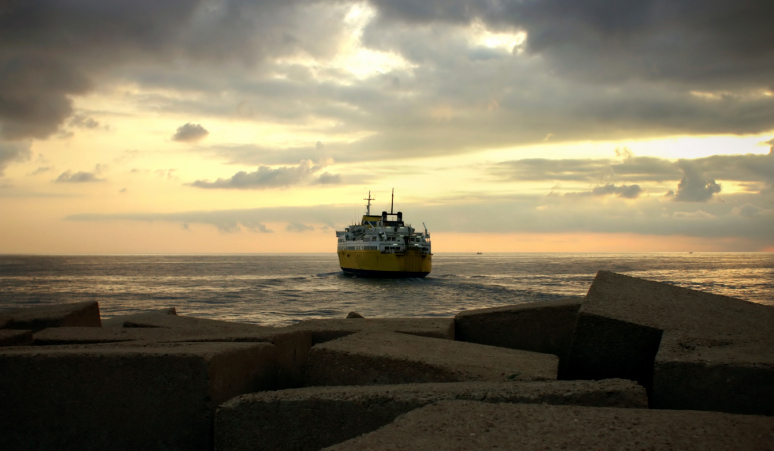
Ever since the tragic wreck of the Italian liner Costa Concordia, people have drawn parallels with the Titanic catastrophe. Some Concordia survivors have actually claimed that Celine Dion’s famous theme song was playing in the dining room as the ship hit the rocks. Not to mention that the ships met their end roughly a century apart, in 1912 and 2012.
There are other similarities. Both were improperly christened—the champagne bottle used to christen the Costa Concordia failed to break. There is a myth that the same thing happened to during the Titanic‘s christening, but in reality she wasn’t christened at all. Both disasters were largely blamed on human error and both ships had the same top speed.
However, the reputations of the two captains differ greatly. Whereas Captain Smith of the Titanic is popularly remembered as a hero who went down with his ship, Francesco Schettino will forever be remembered as the captain who made a grave error when he left the ship before all the passengers could be saved. When Schettino and the second officer departed, some 300 passengers were still on board the Concordia.
1Optical Illusions
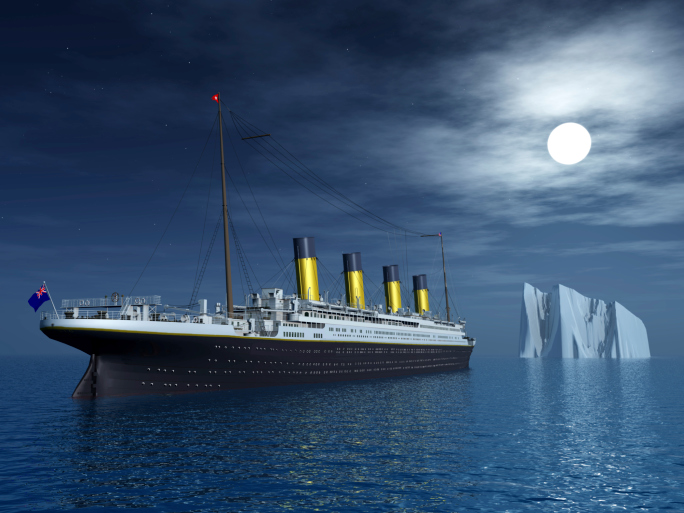
Several distress signals were sent from the Titanic as she was sinking. A nearby ship, the Californian, seemingly ignored them, even as multiple rockets illuminated the night sky. The Californian‘s captain actually lost his job over the scandal, as some speculated that he had intentionally ignored the rockets. However, ongoing research into the Titanic disaster has come up with a more plausible explanation—light refraction.
On the night of the disaster, the Titanic was sailing through an area of thermal inversion, where layers of cold air are below an area of warmer air. Thermal inversion causes light to refract abnormally, which can create mirages. According to historian Tim Maltin, several ships in the area recorded a number of mirages on the night the Titanic sank. Maltin is convinced that the conditions were conducive to abnormal light refraction and that this could explain why the lookouts completely missed the iceberg until it was too late.
A similar mirage would have also kept the crew of the Californian from correctly identifying the Titanic‘s distress signals. Maltin’s findings came in 2012, a full 20 years after the British government abandoned their own investigations into light refraction and the Titanic.
Estelle lives in Gauteng, South Africa. She wishes all tragedies could be avoided.

